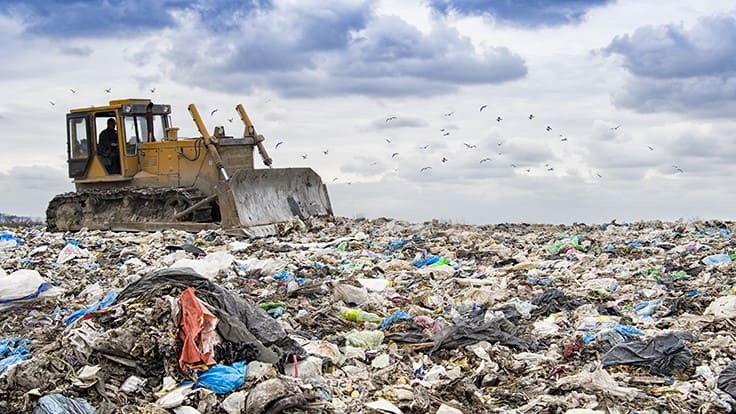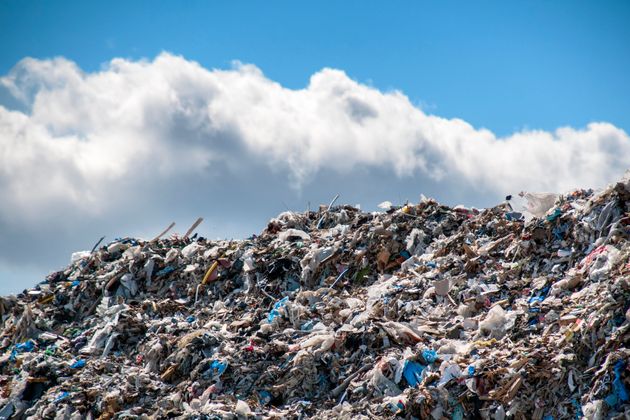Benefits Of Renting Construction Dumpsters
Benefits Of Renting Construction Dumpsters
Large-scale initiatives produce excellent results, but they also generate a large amount of waste in Pittsburgh and elsewhere in the USA. But it may be attractive to handle the trash on your own, the chore may be a significant undertaking. As a matter of fact, having to clean up might take longer than the original task. It is because of this that so many building projects rely on dumpster rentals, which are convenient on numerous fronts.
A dumpster rental is a smart choice for large projects for a variety of reasons, including cost savings and a more pleasant working environment. The following are five advantages to using a roll-off container rental service for your next building project. We’ll explain why you don’t need to be hesitant when viewing dumpster models.
1. Better Air Quality
It’s critical to properly dispose of obsolete construction materials for more than just environmental considerations. You may avoid any potential sources of extra dirt and garbage by using dumpsters for construction projects. At the very least, construction workers’ breathing is affected by the presence of dirt and debris. Health and productivity will continue to decline as the problem increases due to this issue.
People with allergies & respiratory disorders in Pennsylvania are particularly vulnerable to the effects of dust and debris, which can wreak havoc on their health. However, airborne asbestos is considerably more dangerous. Certain symptoms can be caused by dust and grime, just like everyone else. Asbestos, on the other hand, causes its own cancer. It’s in everyone’s best interest to ensure that the air quality in a building is safe. Clearing the air is preferable to the risk of cancer and asthma attacks, even if everyone is dressed appropriately.
2. Remove Safety Hazards
Waste is a clear indicator of the size and scope of construction projects, and it serves as an excellent reminder of this fact. This garbage is not only unsightly, and it also poses a number of health and safety concerns. As we’ve previously discussed, construction workers may be at danger of developing cancer as a result of the accumulation of unwanted garbage. However, navigating through mountains of trash and rubbish is a nuisance.
Typical construction operations become perilous because of the difficulty of navigating the site. Even the tiniest of messes can result in serious damage when workers are balancing heavy machinery and supplies. A trip to the ER or the end of a project can be the result of a single slip or trip. Choosing a dumpster in advance will save you time and frustration in the event of an emergency. When working in high-risk environments, construction sites must be run like well-oiled machines.
3. Increased Productivity
To use a dumpster rental firm not only gets rid of hazardous waste accumulations, but it also streamlines the construction process. The reason for this is because less waste means more room. More room equates to more storage for supplies and equipment, as well as more room to move around. All of these will contribute to a more enjoyable working environment. After all, it’s hardly ideal you work in a place where you’re continuously on edge.
Even if that edge is only a nuisance, it’s better to check out dumpster rental prices in a catalogue beforehand. Workers who are more energized and motivated are the result of a better workplace. Workplace morale is an important company strategy since it boosts productivity and reduces employee turnover. When you make your employees happy, you also make your company’s wallets happier.
4. Law/Regulation Abidance
The norms and regulations of a particular area like Pennsylvania can have a significant impact on the success of a construction project. A professional trash service won’t care if you don’t know the local requirements for waste disposal. Dumpster rental services are available for a wide range of projects. Therefore, they’re also well even in disposing of the waste from those undertakings. Don’t bother studying about local codes and trying to get rid of it yourself; instead, hire a pro.
If you don’t properly dispose of your waste, you could face significant fines. That’s why you need to use local waste management professionals like Pittsburgh Dumpster Rentals HQ. Even if you attempt to do just that by yourself, you may fall short of your goal.
This is not a question about how much time or money you have. Attempting to guess the legalities of public trash disposal in initiatives like these can be a waste of time and money. So, if you’re not certain about all of the garbage disposal codes, it’s best to consult with a professional to avoid any issues or additional work.
5. Organization Of Materials
In addition to being a safety problem, waste piles in the workplace make it difficult to keep things organized. The fact that they take up so much room is bad enough, but they often make it tough to filter through all the trash. Employees may even mistake materials for trash that need to be disposed of.
In the end, a wide variety of construction materials are frequently employed in a variety of projects. A jumble of materials will inevitably occur if your project is left unattended. The time you spend ignoring the issue is a waste of resources. It’s also possible that you’ll end up with a mountain of trash. Many small pieces of unwanted building materials were thrown away in the process of clearing up these mountains of trash.


